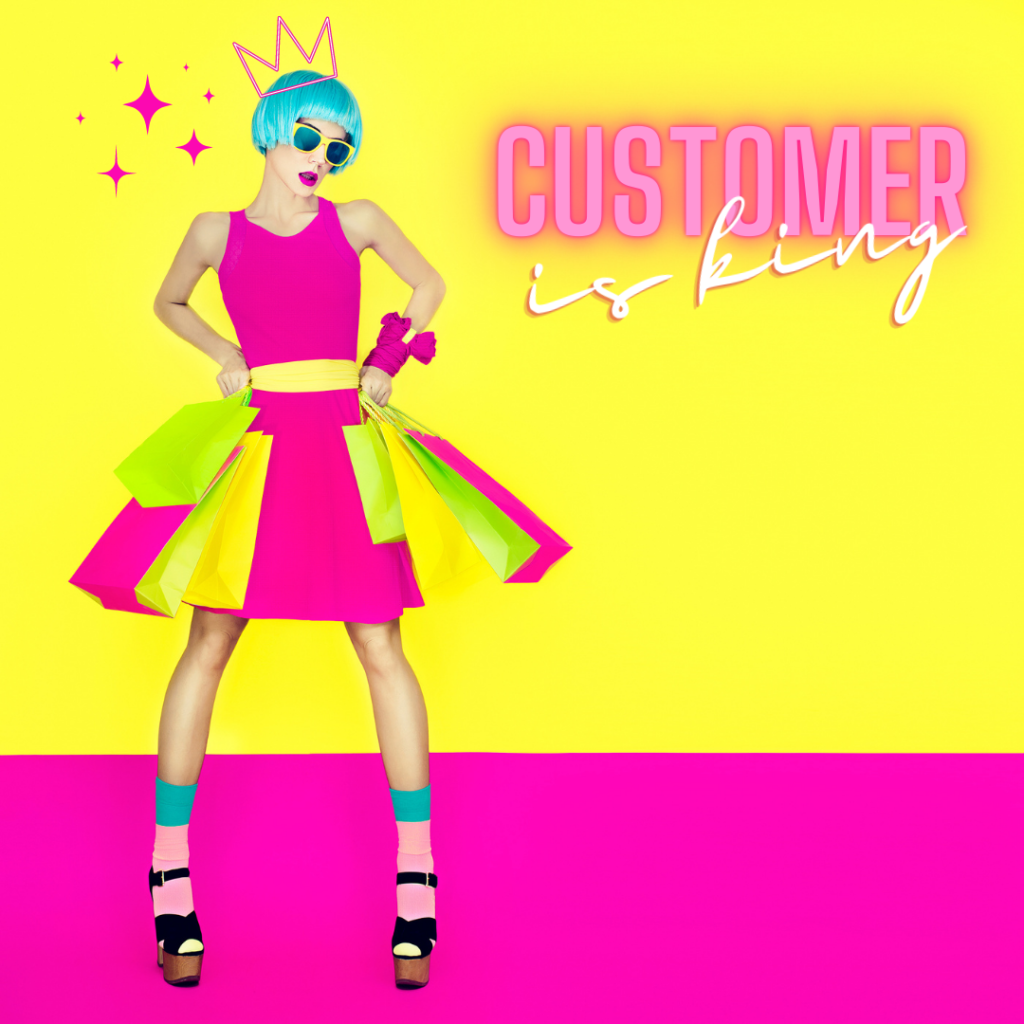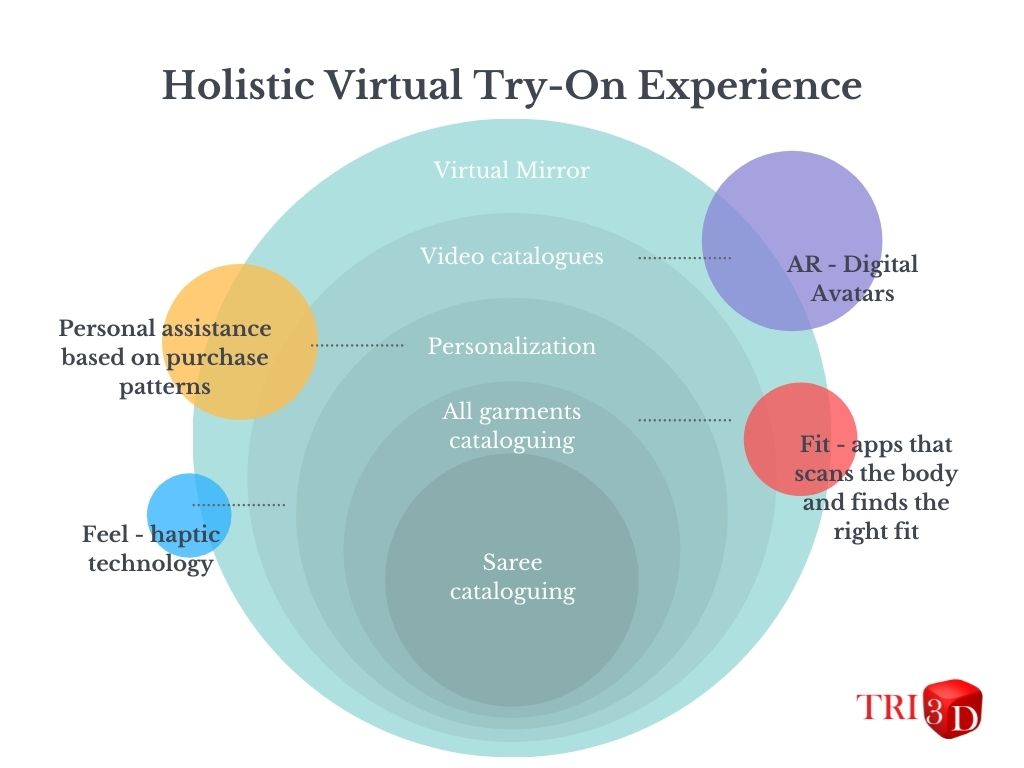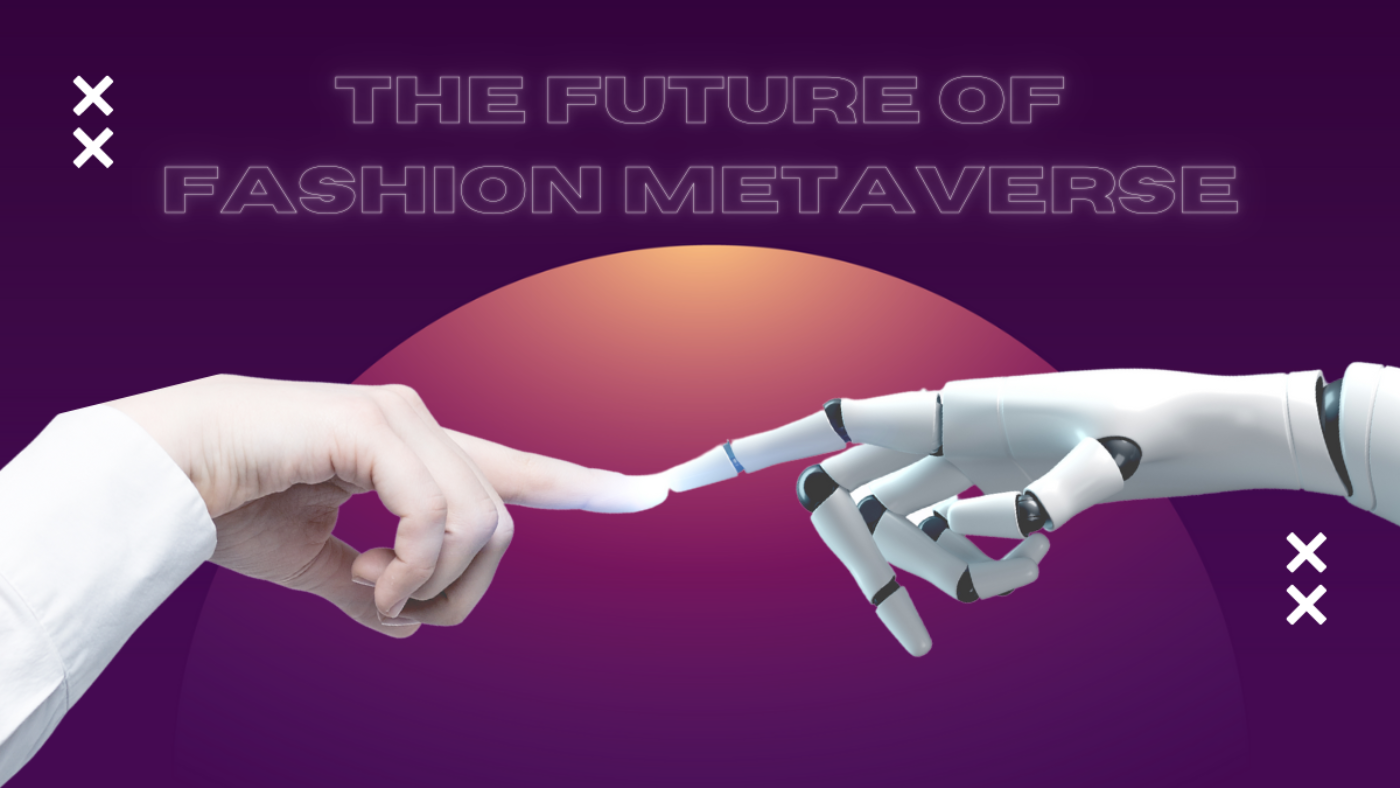In his book See You At The Top, Ziglar wrote a sentence at the end that he got his weight down to 165 pounds. But here’s the thing – when he wrote that in the book, he was still weighing 202 pounds! This was 10 months before the book went to press and he had already placed an order with the printer for 25,000 copies!
In the 10 months he had before the book reached the audience, Ziglar worked on himself and lost 37 pounds, just like he wrote in his book.
It is an interesting strategy to start setting goals for the future and envisioning that dream has already come true! It gives life to your dreams. Digital shopping is on the verge of a massive revolution and today we are going to envision what the fashion world is going to look like in 10 years. Much like a black mirror episode, this blog is an extrapolation of the current fashion trajectory – ofcourse unlike the grim and satirical endings, this blog is just a near-future accurate prediction of the digital apparel ecosystem.
Let’s see what the digital fashion metaverse is going to look like in 2030…
Like most grand things, virtual mirrors started out small and in fractions.
There were clusters of innovations all around the globe, each in a different segment of virtual try on.
TRI3D saw the need to bring them together under one umbrella and ventured on to make a holistic virtual try on experience.
The first step was to start with static images. Any flat fabric was easily draped on a model with the TRI3D app. All a seller had to do was to click a picture of the fabric and upload it to the app. The fabric was draped onto various models. But this was just the beginning.

Visualisation can be measured in different parameters. Starting from how realistic the final output looks, there were numerous improvements that were demanded of the technology before achieving the holy grail of virtual shopping – the virtual tryon experience. These challenges were momentous at the start.
But how do you eat an elephant? One bite at a time, ofcourse!
The app was already doing great in terms of realism and the seller was able to digitise a garment in less than a few minutes but this was just the first step.
We experimented with different ways in which the seller can upload the images to the app, going beyond flat fabrics. The next mountain to conquer was readymade garments.
The idea sprouted as a small bud with taking different angle pictures of a single readymade garment and uploading to the app. Later on, this fully bloomed into a feature of its own, where you can take a 360 degree video of a readymade garment draped on a mannequin/human and upload it to the app to instantly visualize it on 3D models. This right away widened the horizon of what can be digitised using TRI3D. Not to mention, digitisation just got easier than ever before.

The next bite in the fashion metaverse is a huge one. This made the maximum impact as it involves the powerful stakeholder in shopping – the customers. The digitised images were visualised on generic 3D models. The personal touch was still missing. The customers’ need to to visualise the garment on themselves was left to their imagination.
Even though every offline store had a trial room, virtually none of the online stores took into account the customers’ need to try on clothes before buying them.
TRI3D recognised this need and came up with a revolutionary solution: digital avatars.
The Holy Grail of online shopping was unlocked. Technology was developed to enable customers to upload a picture of themselves and turn it into a digital Avatar.
Customers can visualise the garments on their digital avatars before buying them. This was the much needed game changer in the fast-paced fashion metaverse.
Various studies showed that order returns from online shopping reduced about 40% when customers were able to virtually try on clothes before buying.
This was a cornerstone in developing the digital avatars. They will act as a Virtual mirror in the fashion metaverse where the users can try on different clothes before buying them, very similar to the trial room but only much more efficient and less time consuming.
E-commerce to V-commerce
The digital avatars unfolded the real potential of online shopping, helping crack open the billion dollar digital garment industry. The digital avatar can be created on any e-commerce platform using TRI3D SDKs.
The e-commerce sites just have to integrate with TRI3D. The sellers can upload their digitised garments to these e-commerce sites and they’re now available for users to virtually create their avatars and tryon clothes. This paved the way for the new V-commerce platforms.
The communication between different shopping apps was a concern at the beginning, and as shops slowly transitioned to V-commerce, the interoperability was not something that can be ignored anymore.
That’s why from the start, TRI3D worked on a universally accepted digital format for these avatars. Both the digital avatars and the digitsed garment files are transferable to other fashion metaverses just like bugs bunny here.

Choice, Choices everywhere
The digital avatars follow you everywhere you go and help your online shopping experience to become seamless. But it doesn’t just end with that.
Buyers are always bombarded with choices! It’s a serious problem that even studies have been done intensely on this subject, which paved way to laws like this:
Hick's Law states that the more choices users face, the longer it will take them to make a decision.

Nevertheless, the choices are ever increasing! As buyers, we are bound to feel overwhelmed sometimes but that’s one another thing that digital avatars can solve.
Your preferences can be stored and can follow along your digital avatars. And they also give recommendations based on your past purchases and patterns.
The data carried over can remember your taste in clothes and act like your personal shopping assistant as well, just like Phoebe here.
Your personal assistant helps you choose your dress.
You, rather your digital avatar, have tried it on virtually.
What’s left? – Fitting.
Fitting is the final puzzle piece.
Have you ever found a dress in your size and rushed happily to the trial room only to find that it is snug in some places and loose in others. And cue, an existential crisis and rethinking of you know what size you are in the first place.
The real danger of online shopping is the fitting.
But technology has made phenomenal strides in this arena. There are technologies that can scan the body to provide you personalised fitting and can also give you size recommendations.
Virtual Mirror - Holy grail of Shopping:
The virtual shopping experience is called the virtual mirror, as it holds a mirror to customer – without manipulating the fitting or size. We are used to augmented selfies – beauty filters, snapchat dog ears filters, etc. Virtual mirror is on the other end of the spectrum – it’s chasing accuracy in replicating the customer, not tweaking the blemishes the picture.

The uploaded picture will be in its pristine form when converted to digital avatars, thus giving the users authentic feedback of the fitting of clothes and accessories.
Conclusion:
The same thing that helps customers buy clothes offline is missing in the online shopping experience – The “try before you buy” feature. Companies are very aware of limitations and are working towards a solution as we speak. But this is just in 2021. If we follow the current fashion tech trajectory, we are likely to end up in a revolutionary fashion metaverse.
We believe that the apparel industry’s future is going to be democratised and that different players have to talk to each other to foster a healthy ecosystem conducive to innovation and breakthroughs!


Leave A Comment